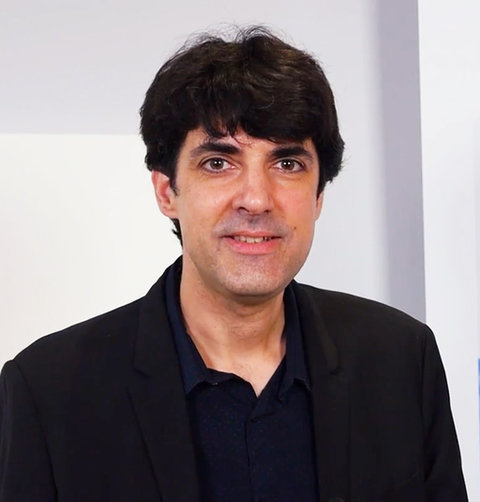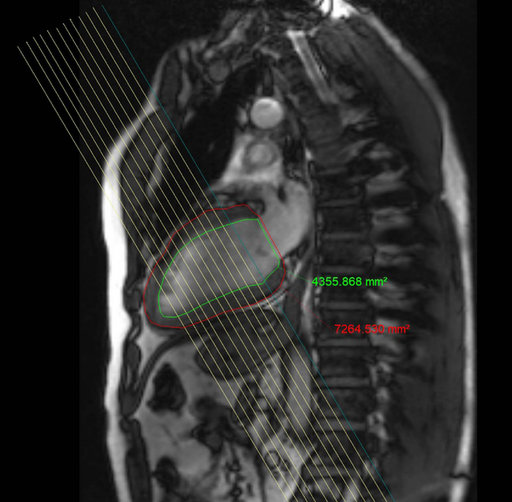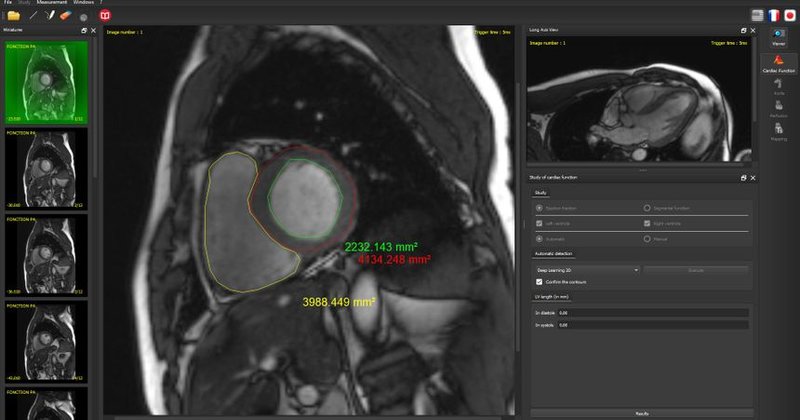CASIS
MRI Processing
Lightweight Cardiac
By Gergana Koleva
CASIS is the embodiment of academic research that has pierced the bench-to-bedside barrier that all too often leaves promising experimentation to languish in university labs. Likewise, its AI algorithms are pushing the boundaries of supervised and unsupervised machine learning applied to detecting contours in cardiovascular images.
Cardiac Simulation & Imaging Software (CASIS) is a young medtech company born from the encounter between Alain Lalande, researcher, clinician, and inventor of a cardiovascular imaging software project, QIR, and Jean-Joseph Christophe, specialist in blood flow analysis. After a lengthy academic research and university hospital alpha testing period, the maturity of their research project and the nascent physician demand forming around it led to the operational phase of QIR – shorthand for Quantified Imaging Resource software – and the creation of CASIS in 2016.

Alain and his team invented QIR more than 20 years ago at Dijon Hospital after they realized that they needed a more appropriate tool for cardiac MRI to analyze their cardiac images. At the time, the only available post-processing imaging software in the market was not considered satisfying, so they launched their own project.
Jean-Joseph Christophe, CEO, CASIS
Headquartered in Dijon, France, CASIS operates in the field of cardiovascular imaging for humans and small animals. Its signature software product QIR – short for Quantified Imaging Resource – combines a unique mix of imaging modules: a DICOM viewer to read and link medical images together, CineMRI to assess the cardiac function and the myocardial strain, DE MRI and perfusion first pass for myocardial tissue characterization, an aorta module for 2D + time aortic elasticity and flow assessment, and T1 mapping, along with features such as a contour saving tool, a contour correction toolbox, and an anonymization tool. The result of this exquisite mix is the QIR 3.2 an intuitive, visual and flexible clinically orientated AI-based solution dedicated to the extraction of physiological parameters of cardiovascular MRI.
“Alain and his team invented QIR more than 20 years ago at Dijon Hospital after they realized that they needed a more appropriate tool for cardiac MRI to analyze their cardiac images. At the time, the only available post-processing imaging software in the market was not considered satisfying, so they launched their own project,” says Jean-Joseph. In 2014, he became familiar with Lalande´s work and understood why the researchers needed something more than an image analysis tool. “For certain pathologies, you need to also understand what is happening from a hemodynamic point of view, and that is my specialty. So I suggested to him that we could work together – and that´s how we started CASIS.”
The research

The product
If one wants to hear a soundbite version of the complex modalities and functionalities of the QIR software, Jean-Joseph would tell you that CASIS develops and trains AI algorithms to ease physicians´ clinical routine. As a a former academic with two PhDs, he is acutely aware of the different prisms through which researchers and clinicians view such tools. For researchers, a wide range of features is suitable, as that allows for more experimentation and scientific discovery, yet for clinicians, having one algorithm that reliably solves an issue is all that matters.
“When the research around QIR started back in the late 1990s, it was ´the time of the researcher´ and now we are in ´the time of the clinician. ´ Researchers need to have a lot of options everywhere. Clinicians don´t have time for that, though – they need something that is really straightforward,” he says.
QIR, aimed squarely at clinicians, brings such a solution. Its principal use is the detection of myocardial infarct pathological areas, a condition that affects 32 million people each year. When deployed, it intuitively guides the user through all its different modalities, making it simple even for practitioners who are new to cardiac imaging. And its additional tools for automatic AI segmentation, time-saving contour correction, and automated image analysis take the stress out of cardiac diagnosis.
“Our software is very clinically oriented from that point of view,” emphasizes Jean-Joseph, noting that where one competitor´s software comes with 17 different algorithms that clinicians have to choose from, CASIS only comes with one – the precise one that the clinician needs to get the job done.
This simplicity extends to the low hardware specification requirements, which translates into lower costs, thus increasing QIR´s attractiveness to more modest clients such as small hospitals and specialty clinics.
CASIS’s portfolio includes as well the software Anim’Heart, a simplified version of QIR dedicated to small animals cardiac MRI research.
Go-to-market strategy
With a growing presence in East Asia (Japan, Taiwan, China), North Africa and the Middle East, CASIS has rapidly developed an international dimension. QIR is available in 6 different languages (English, French, Japanese, Chinese, Spanish and German).
CASIS is working towards an extension of its medical device certificates for the US and East Asia. It also plans to extend its offer beyond MRI through growing academic collaborations.
For all this activity, Jean-Joseph says he did not originally plan to become a medtech entrepreneur.
“Though I wasn’t seeing myself as an entrepreneur, my main motivation started during my PhD when my thesis supervisor, a medical doctor, expressed his strong clinical interest for the results of my research. It was this along with the gap to go from academic research to clinical application that spured me on. I became highly determined to bring the best of academic research to clinical applications to the market. I then naturally became an entrepreneur as it was the only way to fulfil this objective. What is clear for me now is that developing post-processing software for cardiac imageing requires a lot of capital and hard work, it is quite an investment. But I am also good at being efficient with limited money resource. Working to budgets is something we are good at in CASIS which means we understand the constraints of our customer”


